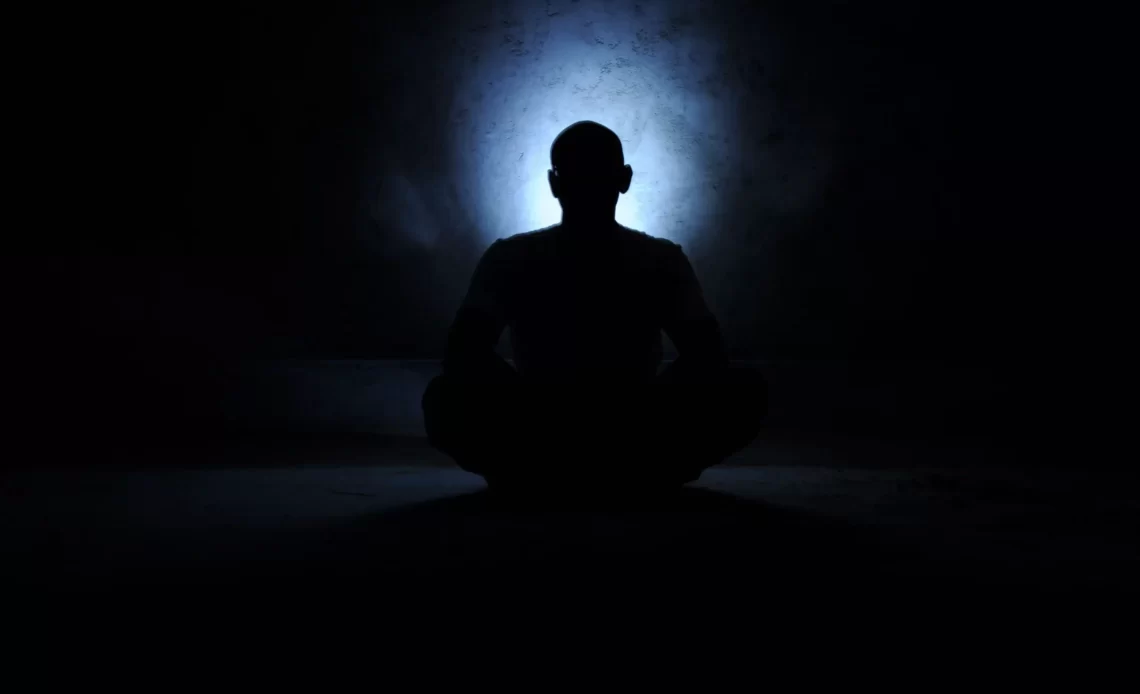
Meditation is a powerful tool for reducing stress, improving focus and concentration, and even promoting physical and emotional well-being. But, as you may know, not all meditations are created equal. If you’re looking to take your practice to the next level, you may be wondering what the deepest state of meditation is, and how you can get there.
In this blog post, we’ll explore the concept of the deepest state of meditation and provide tips and techniques for reaching this state. We’ll also discuss common obstacles that may prevent you from reaching this level and how to overcome them. So, whether you’re new to meditation or have been practicing for years, this post will give you the tools you need to take your practice to the next level.
Defining the Deepest State of Meditation
When we talk about the deepest state of meditation, we’re referring to a level of meditation that is beyond the typical relaxation and stress-reduction benefits that most of us experience. This level is often referred to as “transcendental meditation” or “enlightenment,” and it is considered the ultimate goal of meditation.
To understand the deepest state of meditation, it’s important to know that there are different levels of meditation. The most basic level is simply relaxing the body and mind, and reducing stress. As you progress in your meditation practice, you may experience deeper levels of relaxation and increased focus. Eventually, with consistent practice, you may reach a state of transcendental meditation, where you experience a deep sense of inner peace and a complete absence of thoughts.
The benefits of reaching the deepest state of meditation are numerous. Physically, your body may feel more relaxed and rejuvenated, and your immune system may become stronger. Mentally, you may feel more focused and less reactive to stressors in your life. You may also experience a sense of inner peace and contentment that is not dependent on external circumstances.
It’s important to note that reaching the deepest state of meditation is not something that happens overnight. It takes time and consistent practice to reach this level. But with the right mindset and techniques, it is achievable for anyone.
How to Get to the Deepest State of Meditation
The first step in reaching the deepest state of meditation is to establish a consistent practice. Whether you start with just a few minutes a day or gradually build up to longer sessions, it’s important to make meditation a regular part of your routine. This will help your mind and body become accustomed to the practice, making it easier to reach deeper states of meditation.
Once you have a consistent practice in place, it’s important to create a comfortable and peaceful environment for your meditation. This can include dimming the lights, lighting candles or incense, and playing soothing music. It’s also important to choose a comfortable spot to sit or lie down and to make sure you won’t be interrupted during your meditation session.
When it comes to the actual meditation practice, there are several techniques that can help you reach a deeper state. Guided meditations can be particularly helpful, as they can provide a structure and focus for your mind. Mantra repetition is another technique that can be effective, as it helps to calm the mind and eliminate distractions. Breathwork, such as deep breathing and pranayama, can also be a powerful tool for reaching a deeper state of meditation.
It’s important to keep in mind that reaching a deeper state of meditation can take time and patience. Distractions and lack of focus are common obstacles, but with practice and perseverance, you can overcome them. One helpful strategy is to acknowledge the distraction and gently redirect your focus back to your breath or your mantra. It’s also important to be kind and patient with yourself and to remember that meditation is a journey, not a destination.
If you’re having trouble reaching a deeper state of meditation, it can also be helpful to seek guidance from a teacher or mentor who has more experience. They can provide valuable tips and insights, and can also help you to stay motivated and on track.
Common Obstacles and How to Overcome Them
One of the most common obstacles when trying to reach a deeper level of meditation is distractions. Whether it’s the sound of traffic outside, the buzzing of your phone, or the constant chatter in your head, distractions can make it difficult to focus and reach that deeper state of meditation. One way to overcome this obstacle is to create a peaceful and quiet environment for your meditation practice. This could mean finding a quiet room in your house or even investing in noise-canceling headphones.
Another obstacle that many people face when trying to meditate is a lack of focus. It’s easy to let your mind wander and start thinking about all the things you have to do later or even just start daydreaming. To overcome this obstacle, it’s important to have consistent meditation practice. The more you meditate, the better you’ll get at staying focused. Additionally, try focusing on your breath, or repeating a mantra to help keep your mind from wandering.
Restlessness is another common obstacle when trying to meditate. If you find yourself constantly shifting positions or fidgeting, it can be difficult to reach a deeper level of meditation. To overcome this obstacle, try to find a comfortable position that allows you to sit still for an extended period of time. Additionally, try doing some gentle stretching before you meditate to help release any pent-up energy.
Remember that meditation is a practice and it takes time to reach a deeper level of meditation. It’s important to be patient with yourself and not get discouraged if you find yourself struggling with these obstacles. With consistent practice and the right techniques, you’ll eventually be able to overcome these obstacles and reach that deeper level of meditation.
Conclusion
In conclusion, the deepest state of meditation is a powerful and transformative experience that can bring a wealth of physical and mental benefits. It is a state of deep relaxation, focus, and inner peace that can be reached through consistent practice and the use of various techniques.
By creating a comfortable environment, practicing regularly, and being persistent in overcoming obstacles, you can achieve this level of meditation. Remember, meditation is a journey, so don’t be discouraged if you don’t reach the deepest state right away. It takes time and practice, but the rewards are well worth it. Keep striving for a deeper level of meditation, and enjoy the journey along the way. Happy meditating!

